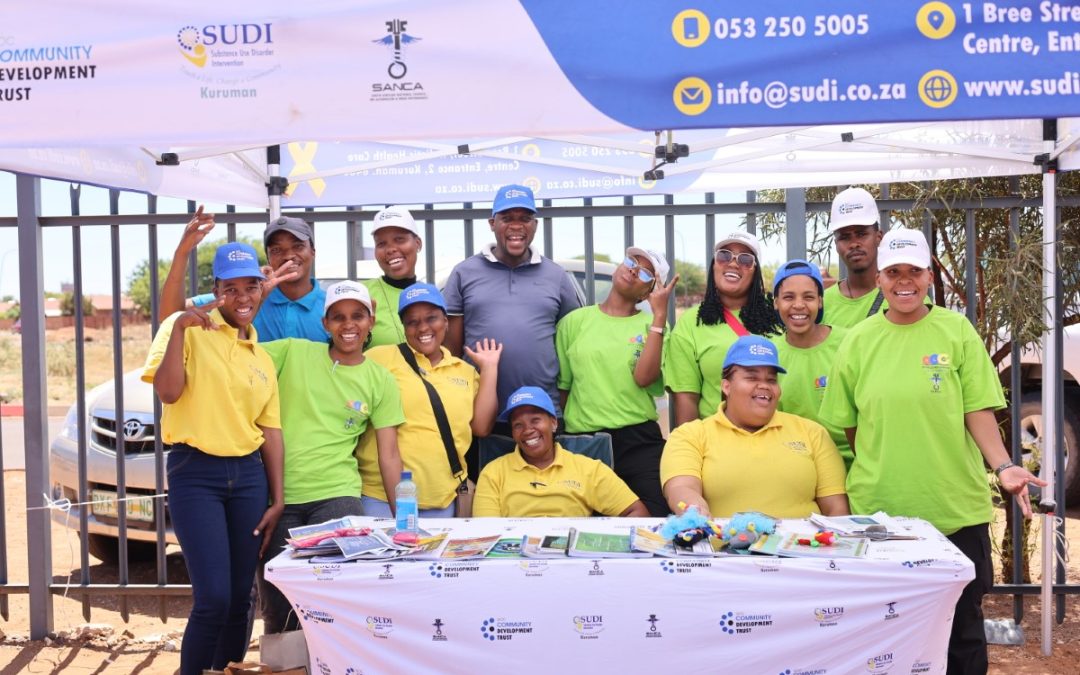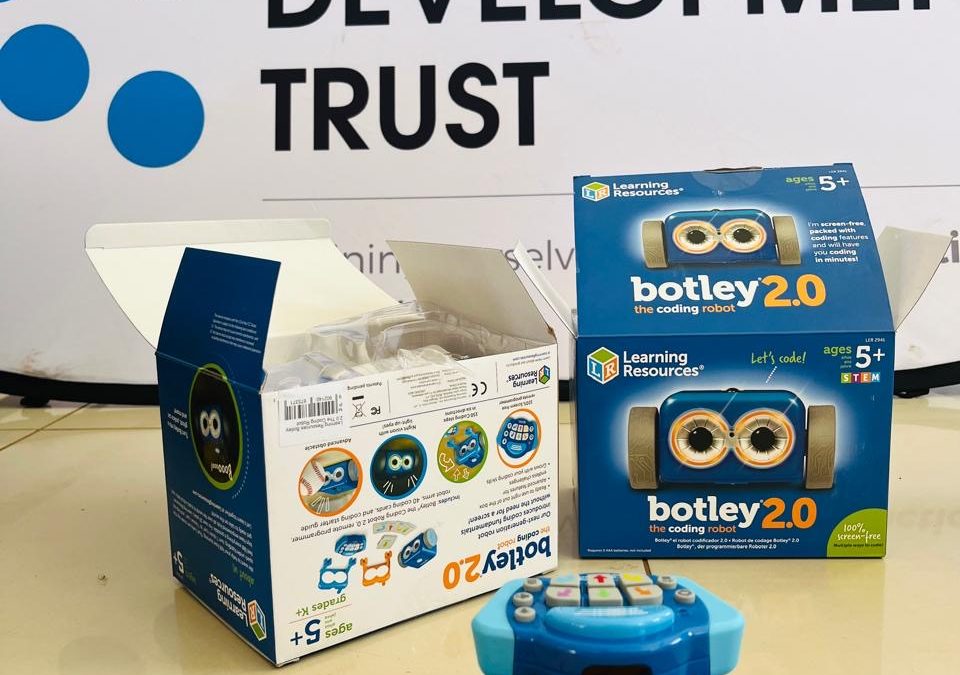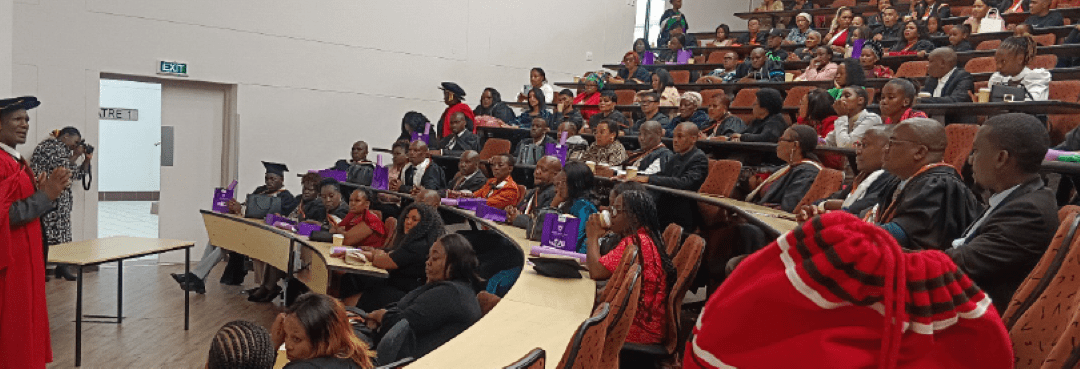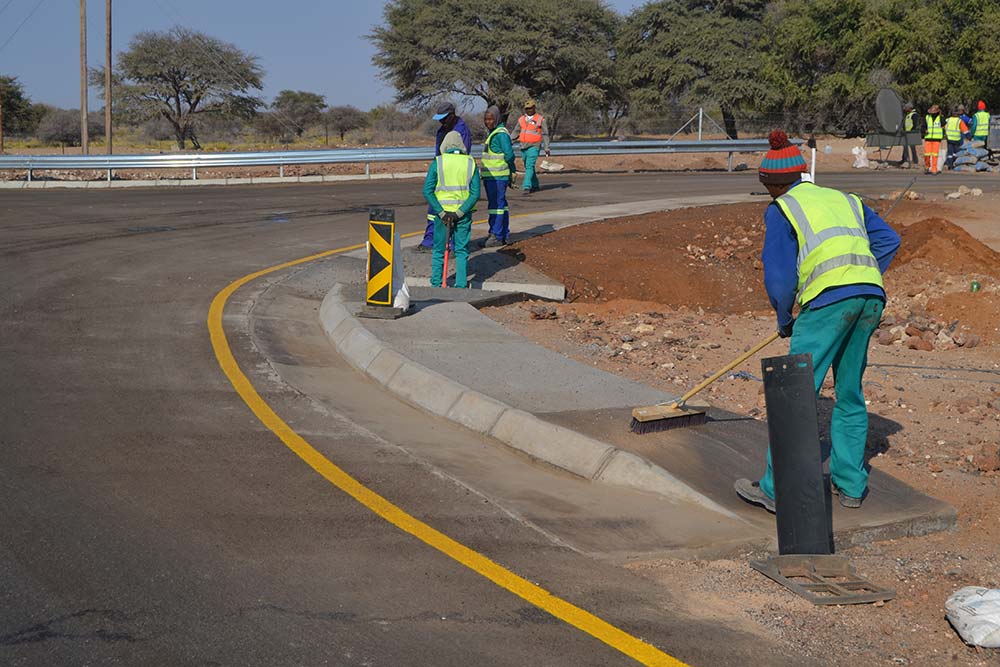About the programme The Annual School Uniform Drive Programme is an extension of the initial School Shoes project, one of the Trust’s Kanako Social Responsibility flagship programmes. For many children, it has become evident that those who can’t afford school shoes,...
Education
SIOC-CDT believes that education is the cornerstone of community empowerment and personal development.
The focused education, training and skills development initiatives are designed to confront and overcome identified challenges faced by our beneficiary communities. From nurturing the minds of our youngest in quality early childhood development centres to enhancing adult literacy and computer proficiency, we seek to actively bridge educational gaps.
Our commitment extends to elevating school education standards and broadening access for disabled children and the youth, ensuring everyone has the opportunity to learn, grow and thrive.
The portfolio aligns with the UN Sustainable Development Goal of:
- SDG 4 – good education.
The focal areas aim to:
- Improve school readiness for all boys and girls through early childhood development.
- Ensure access to education and assist completion for all boys and girls.
- Improve equal access to vocational training for all women and men.
- Substantially increase the number of youths and adults with digital skills.
- Build and upgrade basic infrastructure for schooling.
- Substantially expand opportunities to higher education.
- Substantially increase supply of suitably qualified teachers and school leaders.
Featured
“KE BOTLHOKWA” MENTAL HEALTH (PROGRAMME)
Introduction Mental health challenges, including depression, anxiety, and substance use disorders, are prevalent in SIOC-CDT’s beneficiary communities. These issues are exacerbated by limited access to mental health services, stigma, and gaps in psychosocial support,...
ACCESS 4 SUCCESS (A4S) PROGRAMME
Introduction Limited access to quality academic preparation, combined with inadequate career guidance and social support, significantly restricts educational and career opportunities for Grade 12 graduates who struggle to meet the admission requirements for university...
Articles

SUBSTANCE USE DISORDER INTERVENTION
Introduction Substance use disorder intervention (SUDI) has become a critical concern for communities in the Northern Cape and Limpopo, with rising rates of drug and alcohol abuse impacting vulnerable groups, particularly the youth. Substance abuse contributes to a...

Resourcing the SIOC-CDT Schools of Excellence
Introduction In terms of the International Telecommunications Union (ITU), which is responsible for the measurement of digital skills in terms of SDG 4.4, less than 20% of South Africans have standard digital skills. The Department of Basic Education (DBE), in its...

Teacher Professional Learning Programmes
Introduction The ‘Teacher Professional Learning Programmes’ (TPL) form a key part of SIOC-CDT’s Education, Training and Skills Development focus. It aligns with the United Nation’s Sustainable Development Goals to ensure inclusive and equitable quality education and...

BIZNIZ IN A BOX
Introduction Youth unemployment and limited economic opportunities in underserved communities, particularly in Thabazimbi and Northam, present significant challenges to local development. Many young people lack access to resources, market opportunities, and...
Bridging Programme
Introduction Learners from disadvantaged, under-resourced schools in both rural and urban areas are most affected by the challenges in the South African education system. For these learners, the transition from secondary to tertiary education has over the years proven...
Scholarship Scheme
Introduction South Africa is a country that has schools serving the wealthiest and those that are meant to serve the other sector of population. Researchers refer to the system as a bimodal education system or a ‘tale of two systems’ (SAQMEC, 2007; Spaull, 2012)....
Explore SIOC-CDT
About
- Who we are
- Community Projects
- Our Development Strategy
Stakeholder Relations
- Stakeholder Engagement Approach
- Engagements Gallery
- Stakeholder Engagements Presentations
Governance
- Trust Deed of SIOC-CDT
- The Board of Trustees
- Executive Management
- Trustees Elections Materials
Beneficiary Communities
- Communities we serve
- Our Development Strategy
- Community Projects
- Education
- Emergent Needs/ Infrastructure
- Enterprise Development
- Health & Wellness
- KSR
Publications & Resources
- Booklets
- Brochures
- Reports
- Financial Reports
- Annual Reports
Media
- Press Releases
- Gallery
- Media Clips
- Videos
- Newsletters
Opportunities
- Education
- Tender Notices, Forms & RFP’s
- Tenders
- Vacancies


